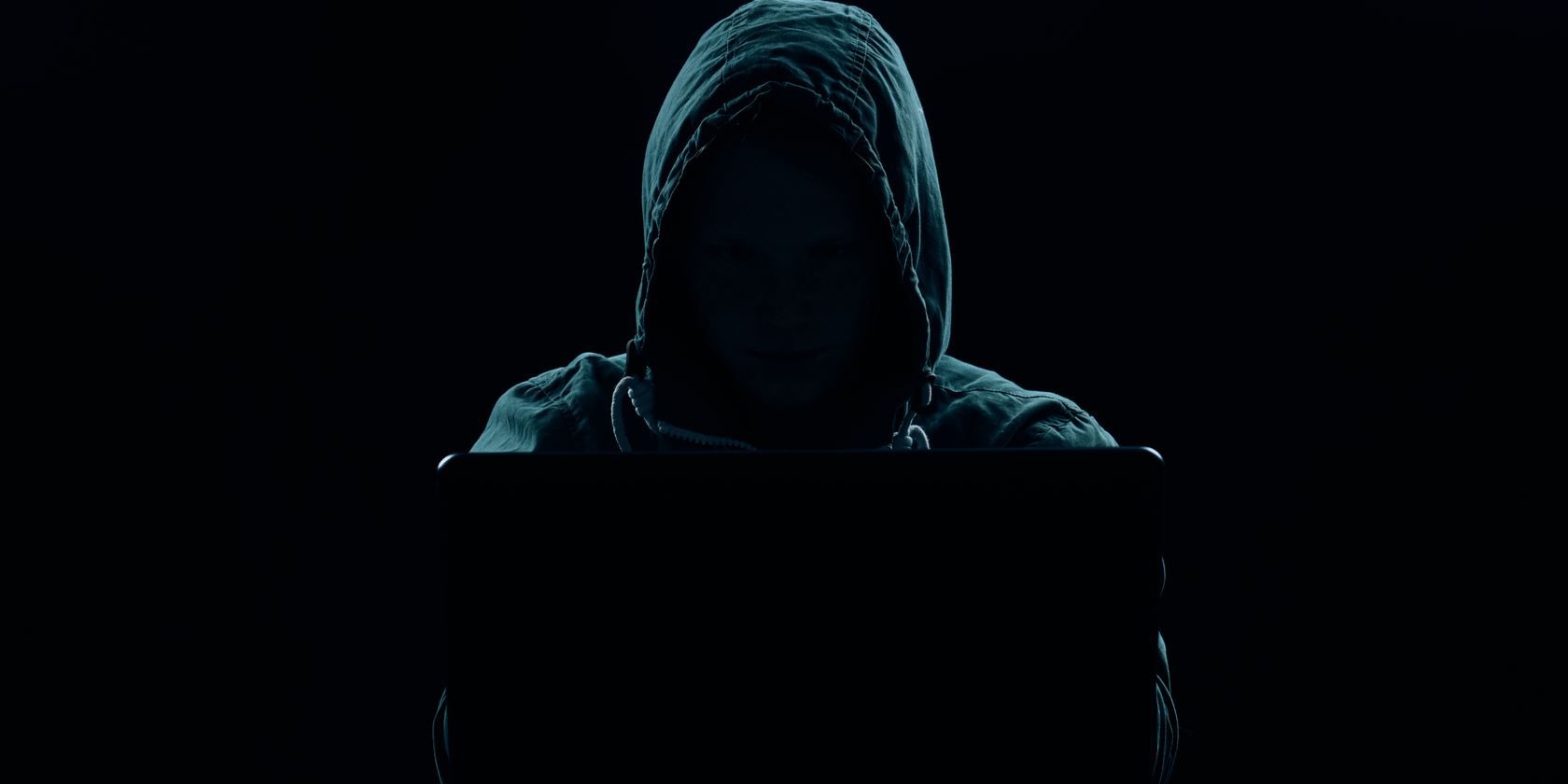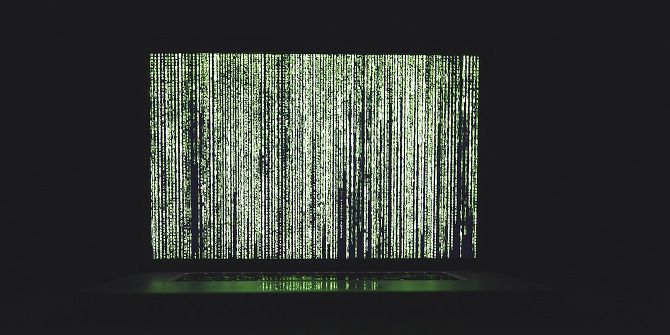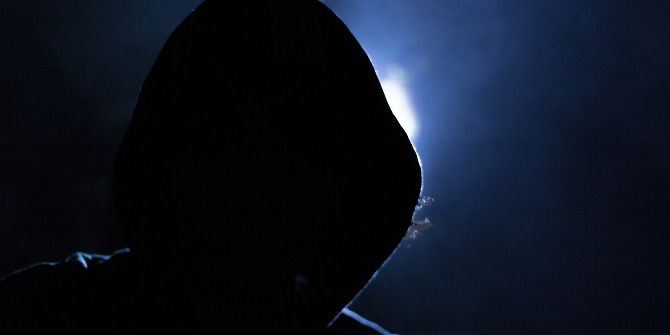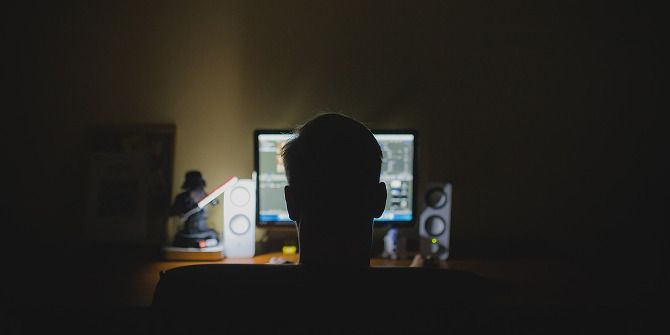
Not all hackers are bad. The good ones are called “white-hat hackers” and use hacking to improve computer security. The ones who are just having fun are called “gray-hat hackers.” But the malicious kind you’re thinking of?
They’re called “black-hat hackers.” And they can cause a lot of harm, as history has shown. Here are some of the most infamous and nefarious “black hatters,” what they did to earn their reputations, and where they are today.
1. Kevin Mitnick
The US Department of Justice called him the “most wanted computer criminal in US history.” Kevin Mitnick’s story is so wild that it was even the basis for a featured film called Track Down.
What did he do?
After serving a year in prison for hacking into the Digital Equipment Corporation’s network, he was let out for three years of supervised release. But near the end of that period, he fled and went on a 2.5-year hacking spree that involved breaching the national defense warning system and stealing corporate secrets.
Where is he now?
Mitnick was eventually caught and convicted with a five-year prison sentence. After fully serving those years, he became a consultant and public speaker for computer security. He now runs Mitnick Security Consulting, LLC.

2. Jonathan James
The story of Jonathan James, known as “c0mrade,” is a tragic one. He began hacking at a young age, managing to hack into several commercial and government networks and being sent to prison for it—all while he was still a minor.
What did he do?
James eventually hacked into NASA’s network and downloaded enough source code (assets equaling $1.7 million at the time) to learn how the International Space Station worked. NASA had to shut down its network for three entire weeks while they investigated the breach, costing an additional $41,000.
Where is he now?
In 2007, several high-profile companies fell victim to numerous malicious network attacks. Even though James denied any involvement, he was suspected and investigated. In 2008, James committed suicide, believing he would be convicted of crimes he didn’t commit.
3. Albert Gonzalez
Albert Gonzalez started off as the leader of a hacker group called ShadowCrew. In addition to stealing and selling credit card numbers, ShadowCrew also fabricated fraudulent passports, health insurance cards, and birth certificates for identity theft crimes.
What did he do?
Albert Gonzalez paved his way to internet fame when he collected more than 170 million credit card and ATM card numbers over a period of two years. He then hacked into the databases of TJX Companies and Heartland Payment Systems to steal all of their stored credit card numbers as well.
Where is he now?
Gonzalez was sentenced to prison for 20 years (two sentences of 20 years to be served simultaneously) and is scheduled for release in 2025.
4. Kevin Poulsen
Kevin Poulsen, also known as “Dark Dante,” earned his 15 minutes of fame by utilizing his intricate knowledge of telephone systems. At one point, he hacked a radio station’s phone lines and fixed himself as the winning caller, earning him a brand new Porsche. According to media, he was the “Hannibal Lecter of computer crime.”
What did he do?
Poulsen got himself onto the FBI’s wanted list when he hacked into federal systems and stole wiretap information. He was later captured in a supermarket (of all places) and sentenced to 51 months in prison and a bill for $56,000 in restitution.
Where is he now?
Poulsen changed his ways after being released from prison in 1995. He began working as a journalist and is now a contributing editor for Wired. In 2006, he even helped law enforcement to identify 744 sex offenders on MySpace.

5. Gary McKinnon
Gary McKinnon, known as “Solo” on the internet, allegedly coordinated what would become the largest military computer hack of all time.
What did he do?
Over a 13-month period from February 2001 to March 2002, McKinnon illegally accessed 97 computers belonging to the US Armed Forces and NASA. He claimed he was only searching for information on free energy suppression and UFO cover-ups, but according to US authorities he deleted a number of critical files and rendered over 300 computers inoperable, resulting in over $700,000 in damages.
Where is he now?
Being of Scottish descent and operating out of the United Kingdom, McKinnon was able to dodge the American government until 2005, when he faced extradition. After a series of appeals, Theresa May blocked his extradition on the grounds that he was “seriously ill” and that extradition would be “incompatible with [his] human rights.”
6. Robert Tappan Morris
Robert Tappan Morris picked up his knowledge of computers from his father Robert Morris, who was a computer scientist at Bell Labs and later the NSA. Morris is credited as the creator of the world’s first known computer worm.
What did he do?
In 1988, he created the Morris Worm while he was a student at Cornell University. The program was intended to gauge the size of the internet, but it had a flaw: computers could be infected multiple times, and each infection would cause the computer to slow down even more. It rendered over 6,000 computers unusable.
Where is he now?
In 1989, Robert Tappan Morris was found to have violated the Computer Fraud and Abuse Act. He was sentenced to three years of probation, 400 hours of community service, and a $10,050 fine. He eventually founded Y Combinator and is now a tenured professor at Massachusetts Institute of Technology.
7. Loyd Blankenship
Loyd Blankenship, known as “The Mentor” in hacking circles, has been an active hacker since the 1970s. He was a member of several hacking groups in the past, most notably Legion of Doom (LOD).
What did he do?
Blankenship authored an essay called “Mentor’s Last Words” (also called “Conscience of a Hacker and Hacker Manifesto”), which he wrote after being arrested in 1986. The essay has come to be seen as a kind of cornerstone for hacking culture.
Where is he now?
Blankenship was hired by Steve Jackson Games in 1989 to work on GURPS Cyberpunk. The US Secret Service raided his home in 1990 and confiscated the game’s rulebook, calling it a “handbook for computer crime.” He has since given up on hacking and is now the head of product research and design at McAfee.

8. Julian Assange
Julian Assange began hacking at the age of 16 under the name “Mendax.” Over four years, he hacked into various government, corporate, and educational networks—including the Pentagon, NASA, Lockheed Martin, Citibank, and Stanford University.
What did he do?
Assange went on to create WikiLeaks in 2006 as a platform for publishing news leaks and classified documents from anonymous sources. The United States launched an investigation against Assange in 2010 to charge him under the Espionage Act of 1917.
Where is he now?
Assange is currently a citizen of Ecuador and holed up in the Ecuadorian embassy in London, fearing extradition to the United States.
9. Guccifer 2.0
Who is Guccifer 2.0? Nobody knows for sure. It could be a person, or a group masquerading as a person. The name pays homage to a Romanian hacker (known as “Guccifer”) who often targeted US government officials and others of political prominence.
What did they do?
During the 2016 US Presidential Election, the Democratic National Convention’s network was hacked. Thousands of documents were leaked on WikiLeaks and elsewhere. Many believe that Guccifer 2.0 is a cover for Russian intelligence, but in an interview with Vice, Guccifer 2.0 claimed he was Romanian and not Russian.
Where are they now?
Guccifer 2.0 disappeared just before the 2016 US Presidential Election, then reappeared once in January 2017 to assert that he had no ties to Russian intelligence.
10. Anonymous
Anonymous may be the most well-known “hacker” of all time, yet also the most nebulous. Anonymous is not a single person but rather a decentralized group of hackers with no true membership or hierarchy. Anybody can act in the name of Anonymous.
What did they do?
Since their debut in 2003, Anonymous has been credited for attacking several notable targets, including Amazon, PayPal, Sony, the Westboro Baptist Church, the Church of Scientology, parts of the dark web, and the governments of Australia, India, Syria, the United States, among dozens of others.
Where are they now?
Anonymous continues its hacktivism to this day. Since 2011, two related hacking groups have spawned from Anonymous: LulzSec and AntiSec.
Staying Safe Against Modern-Day Hackers
If you’re afraid that a hacker like one of the above will ruin your life, don’t worry. They prefer to go after big organizations and entities. To learn more, check out these interesting documentaries about hackers.
But you should be wary of another kind of hacker: one who wants to steal your personal data for their own gain. To stay protected, be sure to use security software to protect against malware and learn how to spot when your online accounts have been hacked.
Image Credit: ViChizh/Shutterstock
Read the full article: 10 of the World’s Most Famous Hackers (And What Happened to Them)
from MakeUseOf https://ift.tt/2yVRJET
via IFTTT

0 comments: